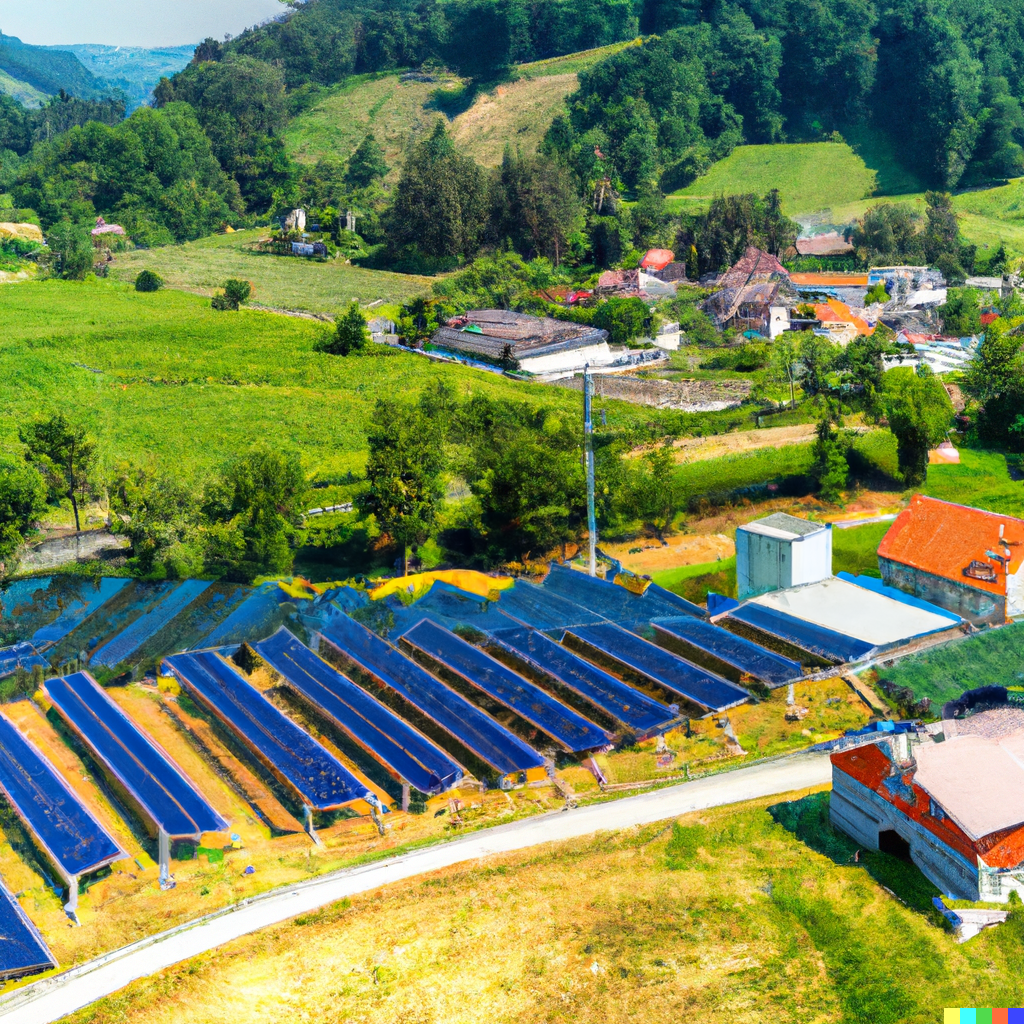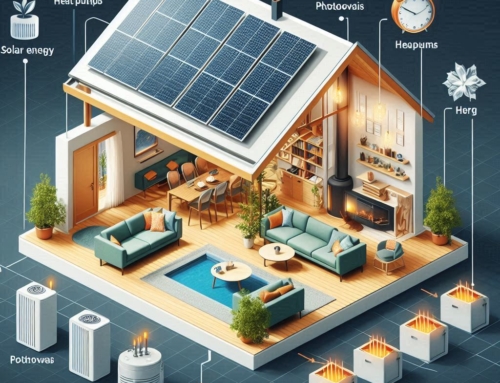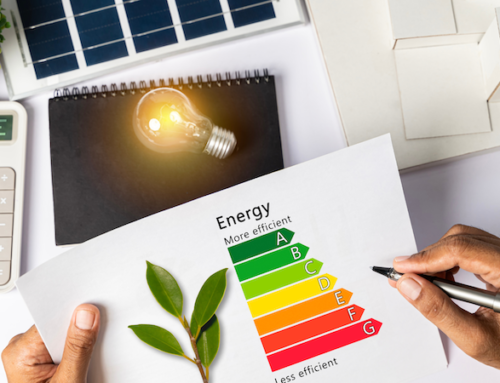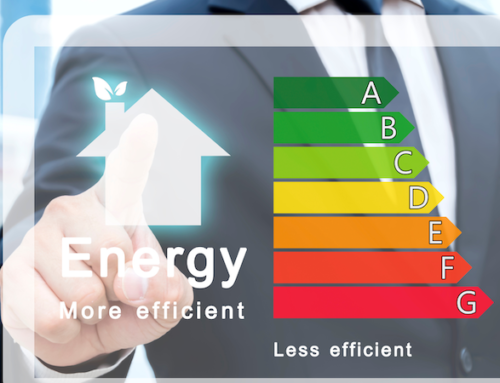
Switzerland wants to become the environmental superhero by achieving climate neutrality by 2050!
To achieve this, it needs to replace its nasty fossil fuels with clean electricity, mainly generated by nuclear and hydroelectric power plants. But as it doesn't yet have enough power to do this on its own, it has to import electricity from its neighbors.
Unfortunately, this electricity is not always "clean", and can be generated by gas or coal-fired power plants. The latter are responsible for 25% of greenhouse gas emissions in Europe. To maintain its "clean" electricity mix, Switzerland must therefore take a closer look at these imports.
Researchers from Empa and the University of Geneva have analyzed these imports hour by hour. They found that the average for the entire Swiss electricity mix is around 108g of CO2 per kilowatt-hour. "At peak times, this can be as much as 600 g," explained Martin Rüdisüli of Empa's Urban Energy Systems Lab.
Switzerland therefore needs to find a way of producing more clean electricity to reduce its dependence on imports and its greenhouse gas emissions.
The exit of the Nuclear power in 2050, we will arrive there?
Switzerland needs more electricity! Due to increasing electrification, scientists predict an additional requirement of 12 TWh per year. That's almost 20% more than we're already using.
"But we also need to replace nuclear power. We know that the Federal Council wants to phase out nuclear power," explains Elliot Romano, my former colleague at the University of Geneva. Renewable energies are an option, but they are volatile and therefore affect the quantity and timing of electricity imports. Researchers at Empa and the University of Geneva have analyzed different scenarios for minimizing electricity-related imports and greenhouse gas emissions. They found that the share of imported electricity in the Swiss electricity mix will increase in all cases. On the other hand, the increasing electrification of heating and mobility will lead to a reduction in greenhouse gas emissions. This could be as much as 45% for the Swiss energy system as a whole.
Switzerland in winter
In winter, Switzerland is a bit like a guy who forgot to put on his coat before going out in the cold. It relies heavily on imported electricity. But don't worry, Swiss scientists have a plan to warm us up! They propose to develop
- Solar energy up to 25 terawatt hours (more than nine times what is currently produced)
- wind energy up to 12 terawatt hours (120 times what is currently produced).
As Martin Rüdisüli explained, "wind power is mainly produced in winter and at night, so it can help us reduce our dependence on imports during these periods".
But there's a problem: in summer, we'll have a surplus of electricity thanks to the development of photovoltaics. How can we store all this electricity for use in winter? Researchers believe that "Power-to-X" technologies and thermal accumulators are the answer. These technologies enable electricity to be transformed into hydrogen, synthetic methane and other chemical stuff that can be stored, or put into geothermal probe fields. So don't worry, we'll find a way to keep you warm this winter!




